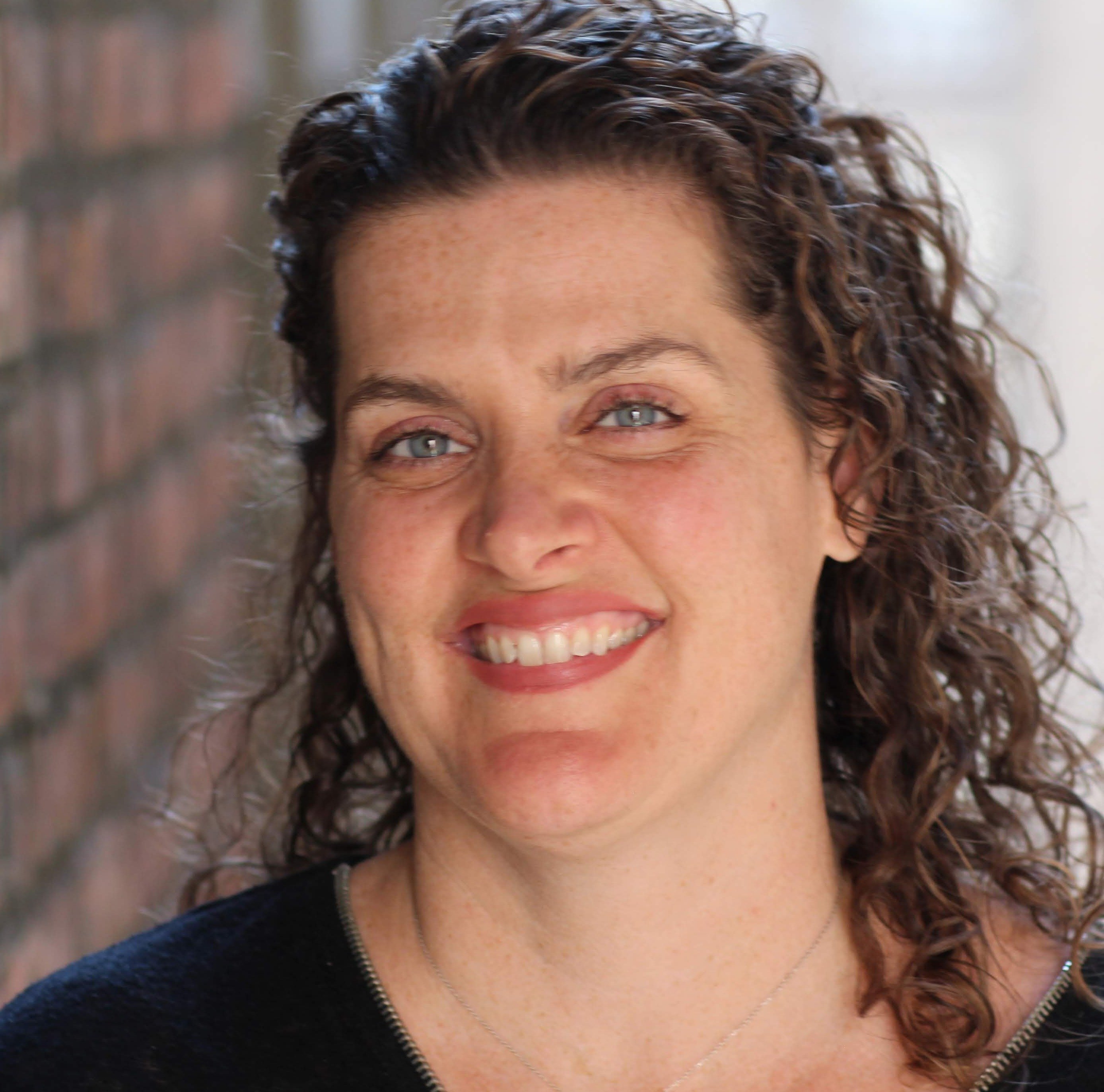Think about all the problems you solve on average in a day at work. Now, add to that all the problems you solve at home. And you can probably add a few more doozies due to what it takes to navigate a pandemic. Thank goodness not all of these problems require creative solutions; many can be solved using tactics from the past or a quick gut check.
Some problems, however, could use a good dash of spark or a new perspective. As many of us are working remotely these past few months, our ability to get out of our own mind can make creative problem solving even harder.
If you need a little mental shake up, a new perspective or to get out of a rut, it helps to take a fresh look at how you go about solving your problems. When I really break it down, I am paid for the quality of my decisions and how I am able to facilitate problem solving. I tell the same thing to my employees as well. So, doesn’t it make sense to keep learning and improving in this area?
We have billions of brain cells, but chances are when we solve problems, we are stuck in a pattern of using the same ones over and over. So to help us find more creative solutions to everyday problems, I created a quick list of the best tools my team and I have used:
- Think about the Why - WHY is solving this problem important? Communicate that!
- Research – What have you done before and what is out there already? Don’t re-invent the wheel.
- Play – Now forget everything you already know, get some people together in person or online, and create a fun environment for problem solving. Research show us that if there's excessive attention on a problem it somehow creates mental fixation, and your brain is not in a receptive condition to find a new solution. Here are some ways to open up your brain through playful brainstorming:
- The brain is more creative when it relaxes, so let people know that this is a brainstorm and that the more ideas and the crazier the better.
- Calm them by explaining you can hone the idea later to make it more practical. In other words, suspend the judge in your head and let the mind open up to possibility.
- Have a brainstorm later in the workday. In his latest book When: The Scientific Secrets of Perfect Timing, Daniel Pink shares research suggesting that brainstorming is easier in the end of the day because of our body’s natural rhythms.
- Build on ideas, using the phrase “Yes, and….” Instead of “No, but….” We regularly remind ourselves that NO BUTS ALLOWED during the brainstorming part of the session.
- If you get stuck, stop for two minutes and make a list of questions related to the problem. Forgetting about the struggle of finding a solution and focusing on questions can get you unstuck.
- If you are too in your head, change your body – move around, stretch, dance whatever it takes to get more oxygen to the brain
- Practice creative note taking - preferably on a board or where people can see. Designate someone to take notes that is a good illustrator (stick people are fine) and tell them to use color and symbols wherever they can. People get ideas by seeing the pictures – it frees up creative parts of the brain, even if you are just watching someone else draw
- And finally, meditate on it – Step away from the brainstorm (whether individual or group) and let it go for a bit. Study after study show us that it is better to tackle problems with an open mind than by concentrating too hard on them. Your brain needs to be in a resting state to allow you to connect the dots. Go for a walk in nature, take a long shower, meditate, sit and look out on a vista (the further your eyes can see before they hit an object the better) or even sleep. These increase brain connectivity and when those connections happen is when the “Aha” moment follows.
If you don’t have the luxury of pulling a few people together to work together on creative problem, try a version of the same thing alone. Singular brainstorms work, but the ideas are stronger when a variety of perspectives are included. Most important is to enjoy the process. The more you enjoy the process the more you will want to tackle the problems as they come up.
So the next time a problem comes your way, think about incorporating one of these four strategies to get yourself, and your team, out of a rut and into a creative solution.
**
To join us for any of our upcoming free live virtual webinars, check out the calendar and register here:
https://www.tlpnyc.com/free-workshops
And for more resources on leadership development, visit our blog page:




Comments [0]
Click here to read/write comments